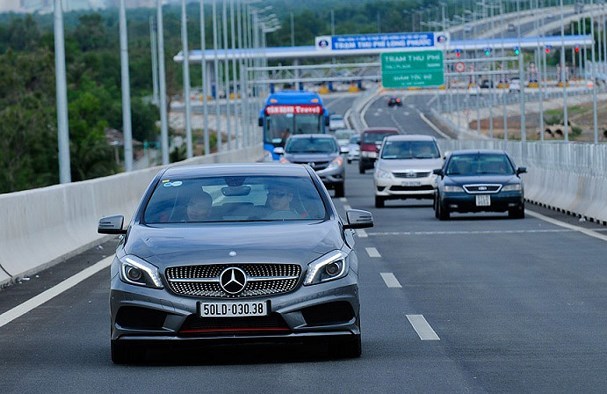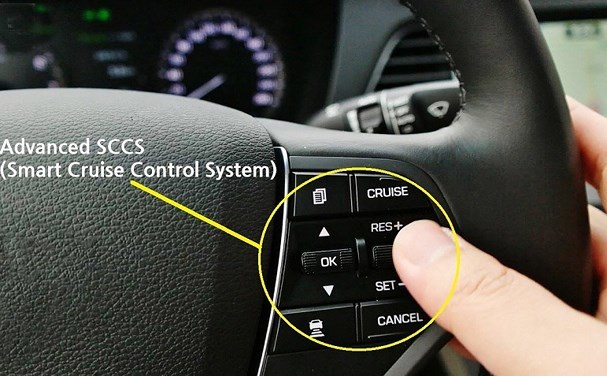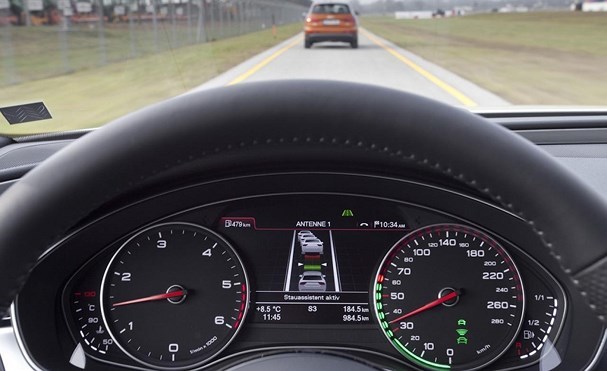Cruise Control or cruise control is a common technology in many car models nowadays.
The cruise control helps drivers avoid leg fatigue when maintaining speed without having to keep their foot on the gas pedal and can potentially help the car save fuel. However, how do you use cruise control to save fuel?
- Only use it on highways or flat roads.

The essence of cruise control is that when activated, the driver releases the gas pedal, and the car maintains a constant speed by automatically adjusting the amount of fuel injected into the engine. If the driver actively presses the gas pedal, it can result in uneven fuel injection, leading to fuel wastage. When using cruise control, this wastage is significantly reduced. However, this only holds true when the car is traveling on straight, flat roads without uphill or downhill sections. When driving uphill, the speed decreases, requiring more fuel to maintain the previous speed. Consequently, using cruise control on hilly roads will consume more fuel than usual.
- Activate it when the speed is stable.

Drivers aiming for a speed of 60 km/h can achieve this in several ways. For example, pressing the gas pedal firmly to reach the speed from a standstill or low speeds. Alternatively, gradually pressing the gas pedal moderately will steadily increase the speed, even though it takes longer to reach 60 km/h. To use cruise control efficiently and save fuel, drivers should opt for the second method. Gently press the gas pedal and maintain that level until reaching 60 km/h before activating the cruise control.
- Choose an appropriate speed.

The effectiveness of using cruise control also depends on the speed. Driving too slow or too fast does not yield efficiency. Driving slowly will increase travel time, and the car will bear a heavy load, while driving too fast will require more fuel from the engine.
An ideal speed range is usually around 60 – 80 km/h, depending on the road type. To achieve this speed, according to technical experts, paying attention to engine RPM is crucial. For most standard cars, operating at 1,500 RPM or lower is the most fuel-efficient threshold.
Activating Cruise Control:
- The driver needs to turn on the cruise control function by pressing the Cruise Control On/Off button (X) on the steering wheel.
- Immediately after activation, the driver controls the vehicle at the desired speed (the vehicle needs to be operated at over 40 km/h). Then, press the SET+ or SET- button to save and maintain the current speed… To adjust the speed, the driver can press the SET+ or SET- button to increase or decrease the selected speed.
- To cancel the function, the driver can press the brake pedal or press the Off (X) button on the steering wheel, and the indicator light will turn off.












